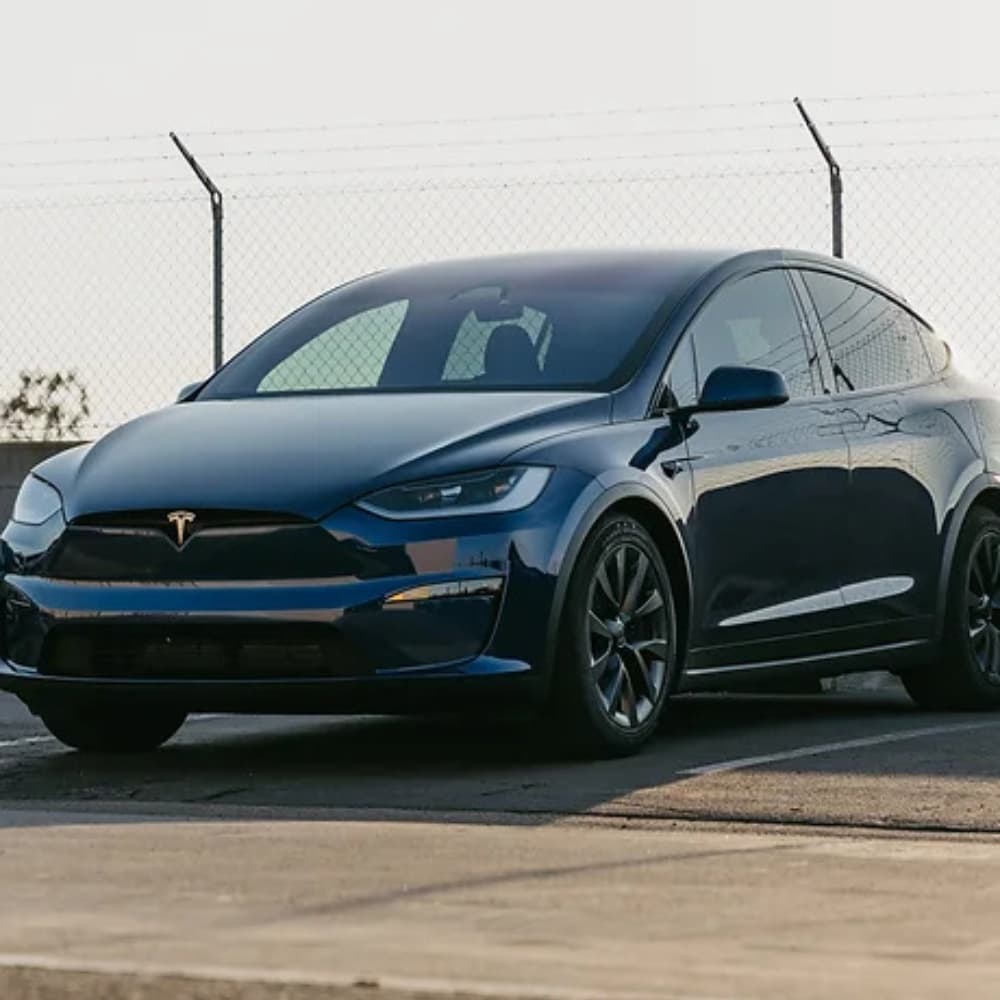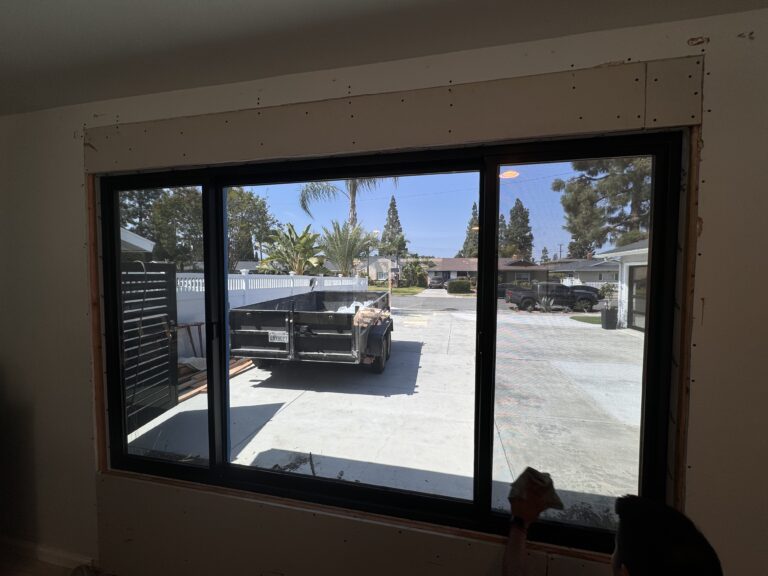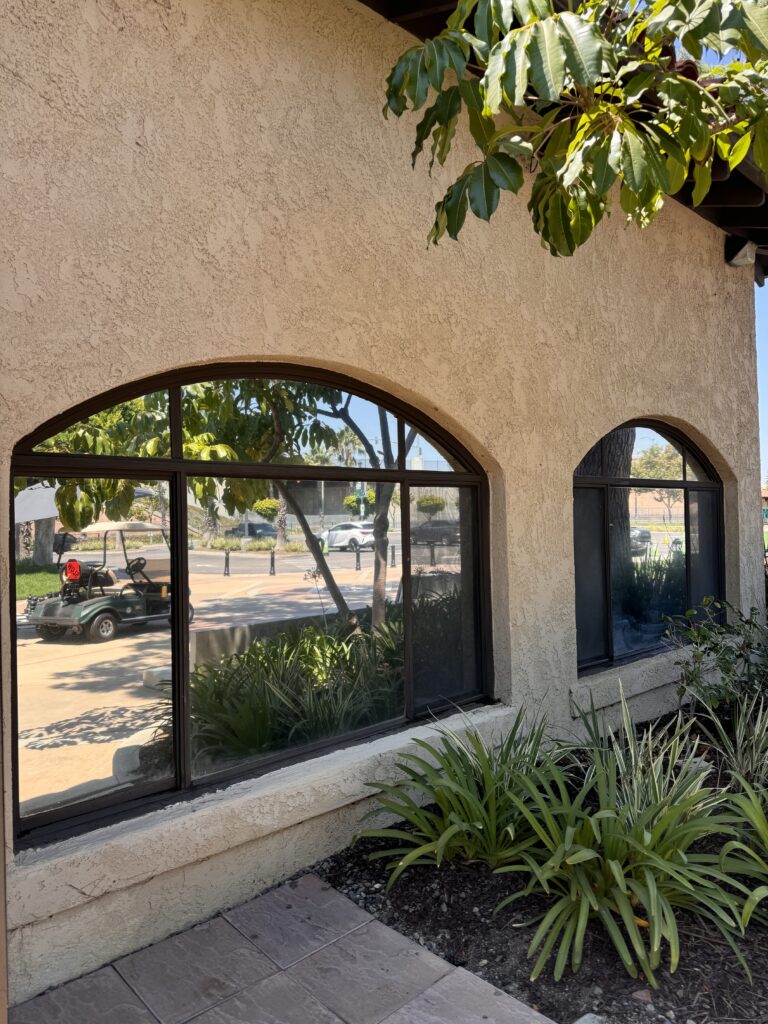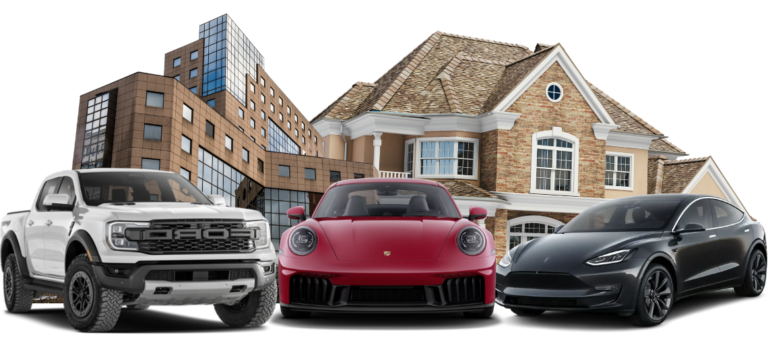Driving in Southern California brings unique challenges: intense heat, damaging UV rays, and a lack of privacy. While many solutions aim to make vehicles more comfortable and secure, few offer the long-term benefits of professional auto window tinting. More than just a visual upgrade, tinting plays a vital role in enhancing your driving experience reducing interior heat, protecting surfaces, and lowering reliance on air conditioning.
Are You Wondering if Auto Window Tinting is Worth It?
Many drivers initially consider tint for aesthetic reasons, but its value extends well beyond appearance. Prolonged sun exposure can degrade your interior, raise cabin temperatures, and affect personal comfort and health. Glare, increased fuel use, and visible belongings inside the car also make the case for auto window tinting as a smart, protective solution.
High-quality films, such as ceramic and nano-ceramic tints, are designed to protect your car while also making every ride more comfortable. They block up to 99% of harmful UV rays, reject infrared heat that makes cars unbearable in the summer, and help maintain your interior in top condition. Many drivers also appreciate the peace of mind that comes with added privacy and safety features, as tinted windows make it harder for prying eyes to look inside and provide shatter resistance in accidents.
We’ll now explore the key benefits of tinting focusing on protection, performance, and peace of mind so you can understand why professional tint installations from trusted providers like OC Tint Solutions are worth the investment.
1. Protect Your Car Interior from Sun Damage
Sunlight is one of the leading causes of interior wear in vehicles. Prolonged exposure can cause leather to crack, fabric to fade, and dashboards or trims to warp or split damaging both appearance and resale value. Installing a ceramic or nano-ceramic window tint provides an effective barrier, blocking UV rays and reducing surface heat that causes deterioration. This not only preserves your upholstery and trim but also keeps your interior cooler and in better condition over time. For those who park outside regularly, tinting helps maintain a fresher and longer-lasting cabin environment.
2. Block Harmful UV Rays
UV radiation isn’t just bad for your vehicle it’s harmful to your health. Long hours on the road can expose drivers and passengers to significant amounts of UV, increasing risks of skin damage and related conditions. While standard glass offers limited protection, premium tint films block up to 99.9% of UV rays, acting as a protective layer for both skin and interior components. Families with children especially benefit from this protection, as back seats often receive the most direct sunlight. In addition, electronics like infotainment systems and dashboard screens are shielded from UV-related wear, ensuring better performance and longevity.
3. Reduce Heat Inside Your Car
In Southern California sun, the real game-changer isn’t just a darker look, it’s infrared heat rejection (IRR). Quality ceramic and nano-ceramic films target the IR spectrum that actually makes cabins feel oven-hot. In practice, that means a cabin that feels several degrees cooler within minutes, shorter A/C run-time, and less “heat soak” in seat foam and plastics.
If you daily park outside, aim for a film with IRR ≥ 90% on the front sides and a clear, legal IR film on the windshield (where permitted). EV drivers in particular notice range steadiness on hot days because climate control cycles less. Day one you’ll feel a faster cool-down; by month twelve, you’ll notice less sun-baked wear and more consistent comfort on long drives.
4. Enhance Driving Safety with Glare Reduction
Glare isn’t just brightness, it’s light scatter that erodes contrast and delays reaction time. A well-chosen VLT reduces harsh peaks from low sun and night headlights while keeping the scene readable. If you commute at dawn/dusk or do lots of freeway miles, look for films with high optical clarity and low haze so signs and brake lights stay crisp. Avoid going excessively dark on front sides; keep legal VLT and prioritize a film with proven glare filtering over pure shade. If you wear polarized sunglasses, test a sample, some combos can make LCD dashboards look blotchy; a quality ceramic with low haze usually plays nicely.
5. Improve Privacy and Security
Privacy isn’t binary; think of it as a view-control gradient. A medium rear cabin shade combined with a lighter, compliant front shade keeps sightlines natural while obscuring valuables from curbside glances. If your SUV already has “privacy glass,” know it mainly darkens it’s not UV/IR protective so adding a clear ceramic layer still elevates comfort and protection. For security, tint is not a lock, but it removes the quick win for smash-and-grab by reducing visibility of bags and electronics. Park street-side? Keep cables and mounts out of sight tint helps, habits complete the picture.
6. Strengthen Glass with Shatter Resistance
Automotive tint is thin (typically 1.5–2 mil), but even that adds cohesion: if side glass breaks, shards tend to cling to the film, lowering laceration risk and slowing a break-in. If you want true impact resistance, ask about safety/security film (8–12+ mil) for specific windows different product, same pro install. It’s honest to say: tint won’t make glass unbreakable, but it changes the failure mode from “shower of shards” to “held-together pane,” which matters in real-world bumps and door-slams near child seats.
7. Boost Vehicle Appearance and Style
Great installs look factory-correct, not aftermarket. Match shade strategy to paint and trim: cooler greys flatter silver/blue cars; neutral charcoal suits black/white; warmer tints can complement reds. If your rear is already dark from OEM privacy glass, a light ceramic up front often looks most balanced and stays legal. Subtle choices tend to age better at resale because buyers read “well-kept,” not “over-tinted.” Ask your installer for brand tone samples (some ceramics skew cooler/warmer) and view them outside, not under shop lights.
8. Increase Energy Efficiency and Comfort
Less heat in = less compressor time.
For ICE vehicles that’s measurable fuel saved; for EVs it’s range preserved and slightly less battery stress from aggressive cooling cycles. You’ll also notice quieter fans because the system doesn’t need to blast to catch up. On long weekend drives, that steadier cabin temp reduces fatigue—nobody’s fighting the sun on one side and the vent on the other. In winter, films don’t “heat” the cabin, but they reduce radiant chill from cold glass, so temps feel more even.
9. Long-Term Investment with Warranty Protection
Premium ceramics are built to resist fading, hazing, and purple shift the classic budget-film failure. Before you sign, check the warranty specifics: is it nationwide or shop-bound? Does it cover color change, bubbling, adhesive failure, and does it list a reasonable cure period? Keep your invoice; if you sell the car, note that most warranties are non-transferable (but still help reassure a buyer). For care, use ammonia-free cleaner and soft microfiber; avoid the window sweep edge for the first week as the film cures.
10. Professional Auto Window Tinting vs DIY: Why It Matters
Great tint is 90% prep and pattern accuracy. Professionals control dust, heat-shrink evenly, plot patterns to the exact window profile, and seat edges so sweeps don’t catch. DIY often struggles with contamination, fingers, and visible gaps, and it’s easy to end up with illegal VLT without a meter. Vet your installer: clean bay, computer-cut system, brand certifications, sample boards, and a clear aftercare sheet. You’re not just buying film you’re buying optics, legality, and a finish you won’t think about again.
Common Questions About Auto Window Tinting
Does window tint keep a car cooler?
Yes. High-quality tint films reduce infrared heat, keeping your car up to 60% cooler and lowering your reliance on air conditioning.
What is the legal limit for tint in California?
In California, the law requires a minimum of 70% light transmission on the front side windows. Rear windows and back glass can be darker, but it’s important to consult professionals to stay compliant.
How long does window tint last?
With premium films like ceramic or nano-ceramic, window tint can last the lifetime of your car. Cheap films may only last a few years before fading or peeling.
Does tint affect car insurance?
In most cases, window tint does not directly affect your insurance premiums. However, illegal tinting outside the state’s legal limit can result in fines and may cause complications with coverage.
Why Choose OC Tint Solutions for Your Window Tinting Needs
At OC Tint Solutions, serving Anaheim, Costa Mesa, and all of Orange County, we provide professional tinting services that focus on both performance and reliability. Every installation comes with a lifetime warranty, giving you peace of mind that your investment is fully protected. Our films block up to 99.9% of harmful UV rays, reject heat for maximum comfort, and add privacy and safety to your vehicle.
Our team of expert installers has years of experience, ensuring clean results that not only look great but also last. Whether you’re looking for ceramic tint, nano-ceramic tint, or simply want to upgrade your car’s comfort and safety, we have the right solution.




